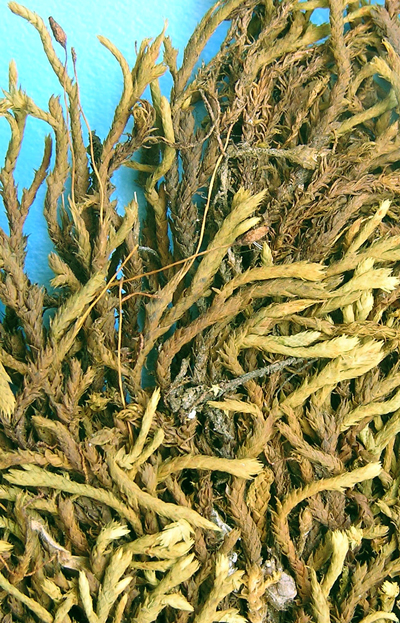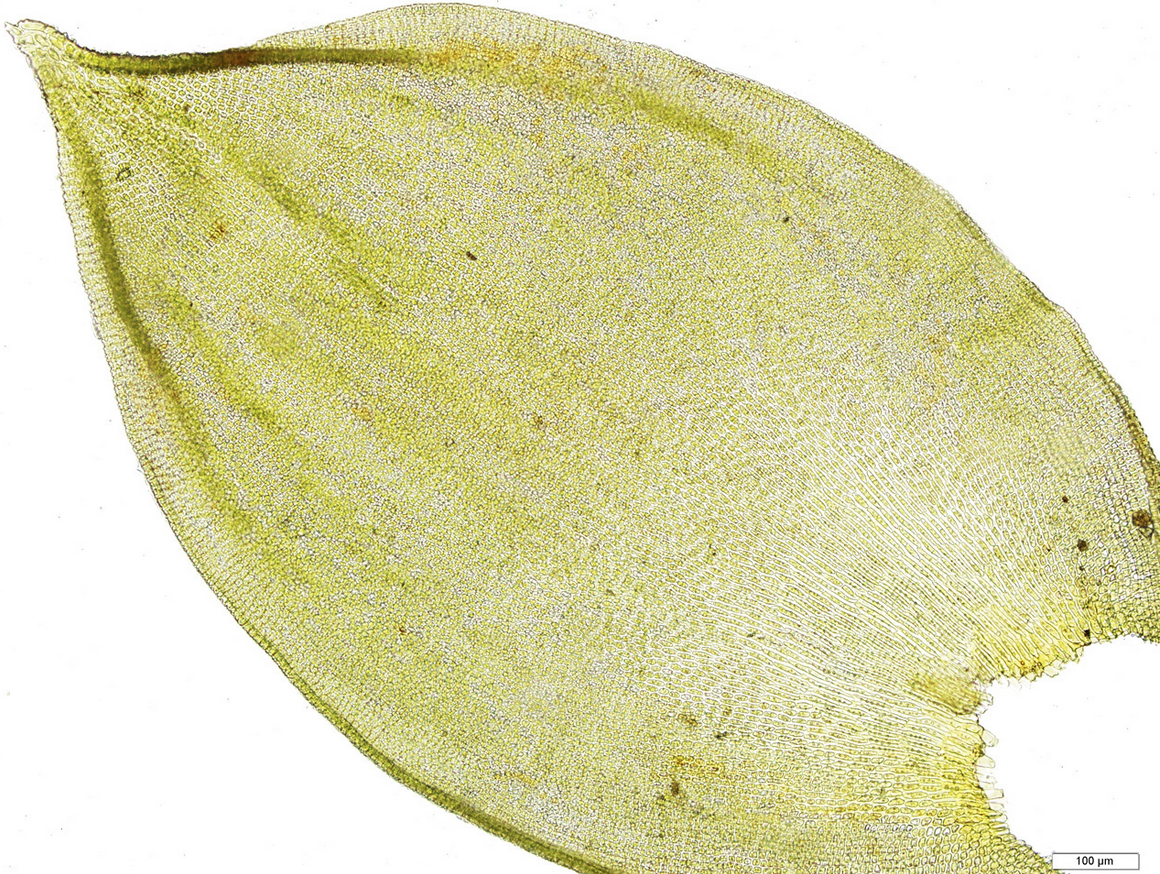
HEDWIGIACEAE
Braunia
Efrain De Luna, web page
Biodiversidad y Sistemática, INECOL. Xalapa. México
|
Hedwigia Pseudobraunia |
|
Braunia andrieuxii Lorentz, Moosstudien. 164. 1864. Braunia andrieuxii Lorentz, Moosstudien. 164. 1864. Braunia secunda var. andrieuxii (Lorentz) Thériot. Smithsonian Miscellaneous Collections 78(2): 24. 1926. Protologue:" |
|
Description. Plants medium-sized in dense mats; stems with sympodial branching, plagiotropic, (3–)4–5(–6) cm long, scarcely branched; branches short, erect; flagelliform branches rare; pseudoparaphylia foliose, with papillose cells. Leaves ovate, widest point at or above middle of leaf; acumen abruptly differentiated, to 1/6 length of leaf, short acuminate, concolorous, 1.7–1.9 × 0.9–1.2 mm, leaf lamina flat or slightly concave, imbricate, erect-patent when dry, spreading when moist, weakly plicate; margins reflexed or recurved from base up 1/2 the leaf length or less, margin plane above, serrulate to erose at acumen; apical leaf cells 13–22 µm long, elliptic (3–4:1), sinuose, with few low marginal papillae; upper and median leaf cells (7-)9-13(14) µm long,quadrate to rectangular (2–3:1), walls weakly sinuose, papillae low, on side walls, overarching lumina. Autoicous. Archegonia distal on long vaginula (1.3–1.5 mm); perichaetial leaves oblong lanceolate, 2.3–2.7 mm long, slightly longer than vegetative leaves, acuminate, plicate; perichaetial paraphyses biseriate at base, 2–3 times longer than archegonia, immersed. Setae (5)7–11(13) mm long; capsule exserted, necks 0.3–0.4 mm long, gradually differentiated, slender, urns 1.2–1.6 mm long, cylindrical, mouth narrow, nearly as 1/2 the urn width, capsule walls smooth, or wrinkled when dry, exothecial cells polygonal; stomates superficial; opercula base conical, short oblique rostrate. Calyptrae cucullate, large, 2.8–3.7 mmhairy. Spores unicellular, 25–32 µm in diameter.
Habitat. This species has been collected on rocks, forming carpets on exposed volcanic rocks (rarely on soil). It is very common in coniferous and broadleaf forests at middle elevations (1400–2500 m).
Distribution. Southwestern and South-Central U.S.A.; Mexico; Central America.
Illustrations. Bartram (1949, Pl. 106 D–F, as B. secunda); Sharp et al. (1994, Fig. 497 a–f, as B. secunda).
Selected specimens examined. GUATEMALA. Quetzaltenango: Standley 83237 (F, FH, NY);
Stems with stolons apical on secondary stems and distally on branches. Leaves with margins recurved proximally, plane distally; distal medial laminal cell walls straight or weakly sinuate. Sexual condition autoicous. Ariz., Tex.; Mexico (Jalisco, Michoacán, Oaxaca). From Allen Central American Mosses: Leaf apices are shorter and broader in Braunia andrieuxii than in B. secunda. Braunia andrieuxii appears a paler yellow than B. secunda, and the cells are relatively thinner-walled and moderately porose and smooth at the base. Braunia andrieuxii is often considered a variety (Thériot 1926) or synonym (Sharp et al. 1994) of B. secunda, because they have similar leaf shapes and cylindrical-elliptic capsules that are constricted at the mouth. De Luna (1992) recognized B. andrieuxii at the species level. Braunia secunda leaves differ from those of B. andrieuxii in having longer, narrower apices, margins recurved to near the apex, and longer, strongly sinuose upper leaf cells. The marginal and leaf apex difference between the two species is so distinctive that many times collections can be separated with a dissecting microscope.
|
|
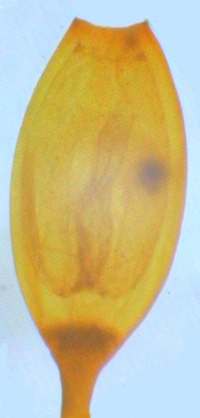 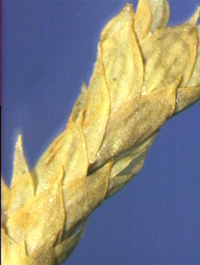 |
|
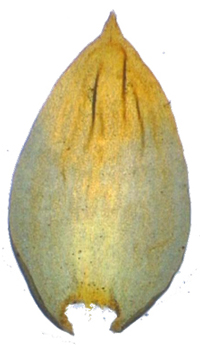 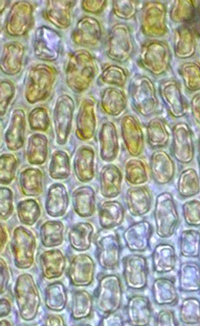 |
|
There are very nice pictures of B. andrieuxii in the web site Plants of the Gila Wilderness, Presented in Association with the Western New Mexico University Department of Natural Sciences. Braunia andrieuxii, Plants of the Gila Wilderness (Photo Russ Kleinman, Patrice Mutchnick, & Karen Blisard, Black Range, North Percha Creek, September 17, 2011) |
|
|
| |
| |
(mapa de distribución actualizado Sept. 2021) |
|
|
|
